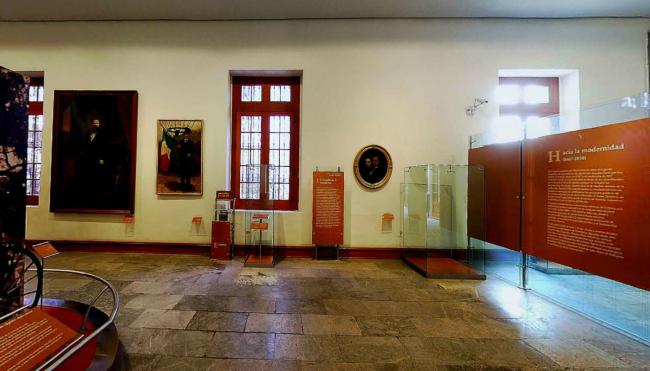
Toward Modernity
Sala
The liberal republican project ultimately triumphed over the Second Empire and solidified its hold in the following decades, until it was seriously challenged again in 1910. The Constitution of 1857 remained the most complete expression of the liberal ideals shaping the young Mexican nation, even if it failed to reflect the vision of conservatives and many segments of the population. Porfirio Díaz, who rose to power in this context, adopted a conciliatory approach toward his former opponents. Under his leadership, liberal and conservative projects began to converge. The Executive Branch, long in conflict with the Legislature since the time of Iturbide, emerged dominant over a weakened Congress.
Thanks to new laws, technological progress, political stability, and favorable international conditions, between 1890 and 1910 Mexico experienced an unprecedented period of economic growth. Factories, mines, and estates thrived. Investment was secured, public finances were reorganized, and the country’s first banks were established.
The railroad united Mexico’s north and south, east and west. It enabled the export of henequen, cotton, chicle, coffee, sugar, rubber, and metals. Díaz improved local roads and cracked down on banditry, making travel and rural work safer. He promoted immigration by inviting Italians and Germans to settle and develop underpopulated areas. Chinese and Japanese immigrants also arrived, contributing labor to the railroads and opening successful businesses.


